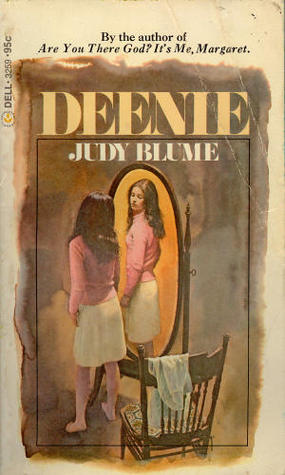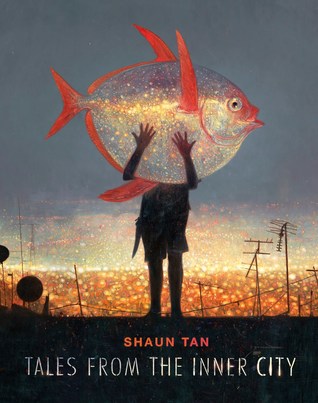It's Marvelous Middle Grade Monday at Always in the Middle and #IMWAYR day at Teach Mentor Texts and Unleashing Readers. It's also Nonfiction Monday.
Sandler, Martin W. 1919: The Year the Changed America
January 8th 2019 by Bloomsbury Children's Books
E ARC from Edelweiss Plus
While I knew a little about the events of 1919, I hadn't really put them together in the way that this informative book does. Yes, I knew about the Great Molasses Flood thanks to Joan Hiatt Harlow's 2002 Joshua's Song, but I had never tied it in to companies wanting to hoard molasses in order to make as much run as possible before Prohibition! It's good to see coverage of women's suffrage at this particular moment, right before 1920, and in the wake of the war. The Red Scare chapter helped lay the ground for all the fears about Communism after WWII, and the descriptions of the large number of strikes occurring made sense given the general air of social changes and concern for working conditions. The chapter on Prohibition was a nice overview.
What blew me away was the chapter on the Red Summer. I'd never heard of it. The history teachers in my building had never heard of it. Everyone should have. It was a HUGE deal, and involved more than riots in just Chicago, although the racial incidents came to a head there with a young African-American man being killed by a rock thrown by a white man because of a segregated beach. Sandler does a great job at tying many of these century old issues into topics of concern today, well illustrating the fact that if we don't remember history, it's going to be repeated.
I think that schools tend to teach history in isolation-- I only had World History for one year in school, so never had a good feel for how US history fit into that much larger picture. Of course, our textbooks ended with the Korean conflict, so we never studied anything about civil rights at all.
History that is not main line is definitely ignored, even today. If the US history teachers have not heard of the Red Summer, who else would? It's difficult to align EVERYTHING that happened in the world, but I do think history books need to get better about giving a more complete picture and incorporating history about all people.
I have one African-American student who loves to read about civil rights history, because his grandmother was born in Alabama in 1954 and has some stories that alarm him. He is reading about Medgar Evers right now, and his comment was "I thought it was just Martin Luther King. But there are a whole lot of people who worked for civil rights." Yes. Yes there were. His class is now reading about WWII, and I made sure he got Sheinkin's Port Chicago 50 so that he can chime in with another view point during class discussions.
When I looked up "Red Summer" at my public library catalog, there were very few books. The Westerville Public Library has an absolutely excellent collection, so I was a bit surprised. I was pleased, however, to see the book below.
 Hartfield, Claire. A Few Red Drops" The Chicago Race Riots of 1919
Hartfield, Claire. A Few Red Drops" The Chicago Race Riots of 1919January 2nd 2018 by Clarion Books
Public Library Copy
There's a good deal of information about the events of the Red Summer, but the best part of this book is the extensive background of Chicago's Packingtown and Black Belt neighborhoods, starting in the 1850s and continuing on. It discusses living conditions in both the north and the south for African-Americans, and describes the black middle and upper class in a way that is very hard to find. For students who may only ever have read about blacks in slavery or being denied rights in the south, this is a refreshing change! Ida Wells Barnett is discussed quite a bit, and there are other historical figures, such as John Jones, about whom I would love to have biographies!
There's also a lot of discussion about the Irish immigrants in Chicago, and the prejudices that they faced. I think it's important to read these accounts, because most students have NO idea that the Irish were ever considered an important "minority" group that were not particularly welcome in the country. It is a somewhat hopeful note that opinions, in some circumstances, can change, enough so that a generation or two later, no one remembers. There was also a lot of information about the Chicago meat packing industry, but I would bet that this larger history of Chicago was NOT covered in my daughter's class when they read Upton Sinclair's The Jungle. (Which, for some weird reason, she absolutely loved. It made her a vegetarian six years ago!)
This book was beautifully formatted, with comfortable text size and white space, a fair number of period political cartoons and photographs, and was very engaging and easy to read.
This is a great book to use to set the stage for Shabazz and Watson's Betty Before X.
I'll definitely be purchasing both of these titles!




















































